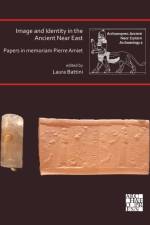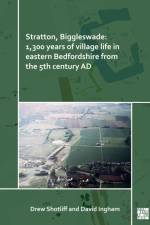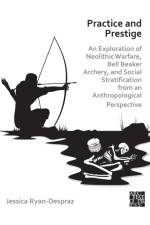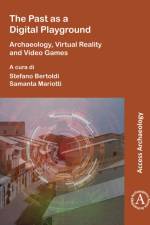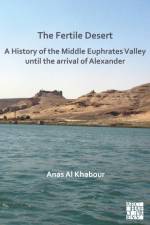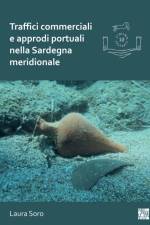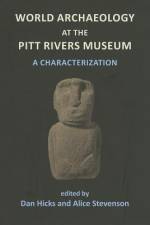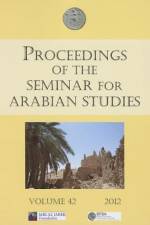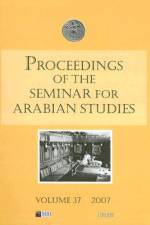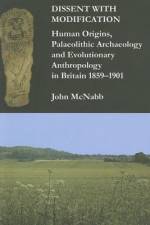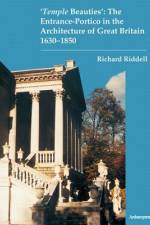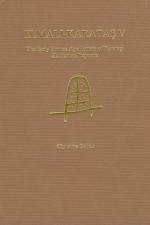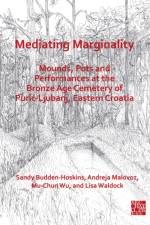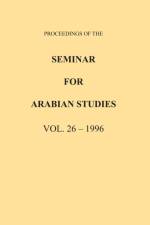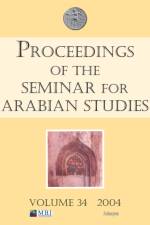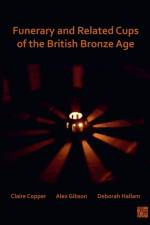757
Rémy Crassard & Pierre Bodu, Préhistoire du Hadramat(Yémen): nouvelles perspectives; Burkhard Vogt, Towards a new dating of the great dam of Mārib. Preliminary results of the 2002 fieldwork of the German Institute of Archaeology; Norbert Nebes, A new Abraha inscription from the Great Dam of Mārib; Mohammed Maraqten, The processional road between Old Mārib and the Awām temple in the light of a recently discovered inscription from MaΉram Bilqīs; Peter Stein, A Sabaic proverb. The Sabaic minuscule inscription Mon.script.sab. 129; Anne Regourd & Noha Sadek, Nouvelles données sur la topographie de Zabīd (Yémen) au dix-huitième siècle; Nancy Um, Eighteenth-century patronage in Sana: building for the new capital during the second century of the Qāsimī imamate; Mikhail Rodionov, Mashhad Alī revisited: documents from Hadramat; Ester Muchawsky-Schnapper, An exceptional type of Yemeni necklace from the beginning of the twentieth century as an example of introducing artistic novelty into a traditional craft; William D. Glanzman, Beyond their borders: a common potting tradition and ceramic horizon within South Arabia during the later first millennium BC through the early first millennium AD; Barbara Davidde, Roberto Petriaggi & David F. Williams, New data on the commercial trade of the harbour of Kanẽ through the typological and petrographic study of the pottery; Alexandra Porter, Amphora trade between South Arabia and East Africa in the first millennium BC: a re-examination of the evidence; Roberta Tomber, Rome and South Arabia: new artefactual evidence from the Red Sea; Carl Phillips, François Villeneuve & William Facey, A Latin inscription from South Arabia; Anne Regourd, Trade on the Red Sea during the Ayyubid and Mamluk periods. The QuΒeir paper manuscript collection 1999-2003, first data; Vincent Charpentier, Trihedral points: a new facet to the "Arabian Bifacial Tradition" ?; Mark Beech, Heiko Kallweit & Peter Hellyer, New archaeological investigations at Abu Dhabi Airport, United Arab Emirates; Heiko Kallweit, Lithics from the Emirates: the Abu Dhabi Airport sites Jürgen Schreiber & Jutta Häser, Archaeological survey at Tīwī and its hinterland (Central Oman); Caroline Cartwright, Reconstructing the use of coastal resources at Rams al-Hadd, Oman, in the third millennium BC; Ralph K. Pedersen, Traditional Arabian watercraft and the ark of the Gilgamesh epic: interpretations and realizations; A. Benoist, V. Bernard, A. Hamel, F. Saint-Genez, J. Schiettecatte, M. Skorupka, L'Age du Fer à Bithnah (Emirat de Fujairah): campagnes 2001-2002; Tom Vosmer, Qalhāt, an ancient port of Oman: results of the first mission; H. Stewart Edgell, The myth of the "lost city of the Arabian sands"; Valeria Fiorani Piacentini, The mercantile empire of the Tībīs: economic predominance, political power, military subordination; William & Fidelity Lancaster, with a technical report by Martin Bridge, Tree cores from Ras al-Khaimah; Birgit Mershen, Pots and tombs in Ibrā, Oman. Investigations into the archaeological surface record of Islamic cemeteries and the related burial customs and funerary rituals; Yaqoub Salim al-Busaidi, The protection and management of historic monuments in the Sultanate of Oman: the historic buildings of Oman; Mashary A. al-Naim, The dynamics of a traditional Arab town: the case of Hofūf, Saudi Arabia; François de Blois, Qurān IX:37 and CIH 547; Yosef Tobi, The orthography of pre-Saadianic Judaeo-Arabic compared with the orthography of the inscriptions of pre-Islamic Arabia; Samia Naïm, Le traitement syntaxique des relations inaliénables en arabe yéménite de Sana; Janet C.E. Watson, On the linguistic archaeology of Sana Arabic; Salah Said & M. al-Hamad, Three short Nabataean inscriptions from Umm al-Jimāl.

